1345 Museum repatriation and renewal
Indigenous Repatriation Handbook
Prepared by Jisgang Nika Collison, Sdaahl K̲’awaas Lucy Bell, Lou-ann Neel
Victoria: Royal British Columbia Museum Press, 2019
$29.95 / 9780772673176
Reviewed by Mark Turin
*
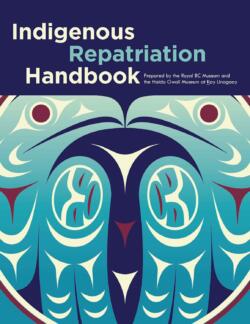 Anthropologist Aaron Glass remarked that use of the prefix ‘re’ in words such as repatriation, revitalization, rejuvenation, revival, and resurgence points to the undoing of some past action or deed (2004). In other words, if Indigenous belongings, cultural treasures and even ancestors had not been expatriated from First Nations communities in the first place—through processes of colonial collection and extractive acquisition—there would be no need for them to be repatriated today.
Anthropologist Aaron Glass remarked that use of the prefix ‘re’ in words such as repatriation, revitalization, rejuvenation, revival, and resurgence points to the undoing of some past action or deed (2004). In other words, if Indigenous belongings, cultural treasures and even ancestors had not been expatriated from First Nations communities in the first place—through processes of colonial collection and extractive acquisition—there would be no need for them to be repatriated today.
To repatriate something—whether a material object or a person—is to “return it to the country of its origin”, write the authors in the introduction to this significant and accessible guide (p. 1), with country being the operative word. In the Canadian context, and specifically within British Columbia, the territorial integrity and sovereignty of Indigenous nations has been repeatedly violated since this Province was conceived. Since colonization, the cultural knowledge, prized belongings and traditional ways of Indigenous communities have been disparaged and appropriated in equal measure by mainstream settler society. When Jordan Coble, of the Sncewips Heritage Museum, reminds us that ‘repatriation is not just a word, but a call to action’ (p. 1), I read him to be asking for a wholesale reconsideration of how museums function.
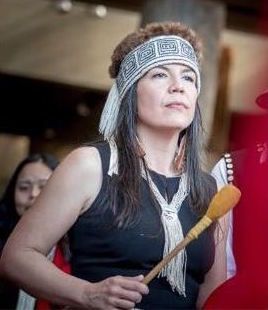
This text was prepared by Jisgang Nika Collison (Executive Director and Curator at the Haida Gwaii Museum at Ḵay Llnagaay), Sdaahl K̲’awaas Lucy Bell (Former Head of the First Nations Department and Repatriation Program at the Royal BC Museum) and Lou-ann Neel (artist and Curator, Indigenous Collections, and Acting Head of Indigenous Collections and Repatriation Department at the Royal BC Museum). The authors’ goal was to design a handbook that would provide guidance to members of Indigenous communities and museum staff on activities related to the process of repatriation, while at the same time being careful to avoid prescriptive statements and injunctions. The care and thought that has gone into the compilation of this text is evident throughout, making the handbook an invaluable reference tool for anyone in the cultural heritage sector.
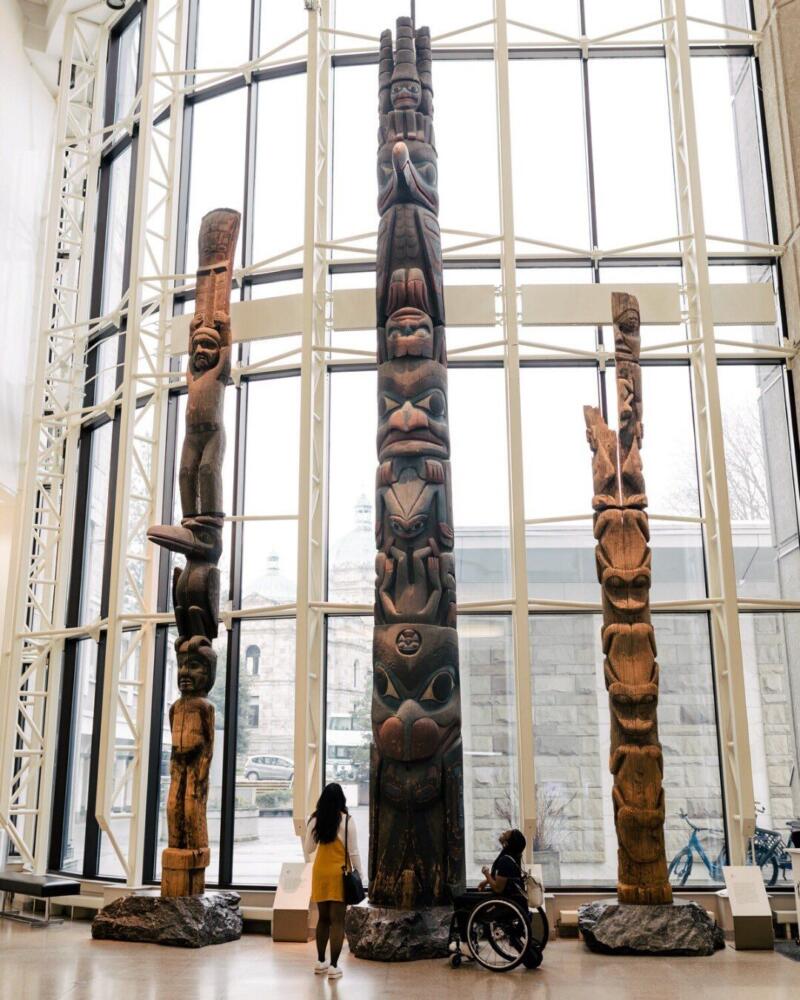
This first edition—also available online as a free download from the Royal BC Museum website —was developed in response to the feedback received during the 2017 Repatriation Symposium hosted by the Royal BC Museum and the First Peoples’ Cultural Council. The forum brought together over 200 delegates from Indigenous communities throughout British Columbia, together with representatives of museums and government agencies from around the world. Participants of the forum recommended that a handbook be created to support communities and museums in the early stages of planning for repatriation, whether provincial, national or international. The content of this edition is based on the knowledge and experiences of members of many Indigenous communities in BC, as well as staff of the Royal BC Museum, who collectively have been working on repatriation for the past 30 or more years.
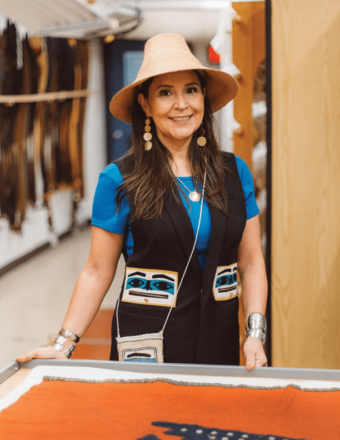
Structured in seven parts, concluding with a compelling case study from the Haida Nation, the richly illustrated Indigenous Repatriation Handbook is a tremendously valuable contribution to the dynamic space of reconciliation and repatriation within museums. Following an engaging introduction, the handbook takes the reader through 6 chapters addressing many aspects of repatriation work, including how to organize a ‘successful’ repatriation project, conducting the necessary research in order to lay the foundations for a positive outcome, insights and examples of repatriation efforts from BC and beyond, and some guidelines for institutions looking to repatriate collections to Indigenous communities in BC.
The 10 appendices that follow the main text are a second book unto themselves, offering a welcome glossary, an annotated list of Indigenous museums and cultural centres in Canada, helpful templates and suggestions for fundraising, letter writing and procedures associated with repatriation, as well as tips on travel and transport. A few well-chosen frequently asked questions and some inspiring repatriation success stories conclude this beautifully-produced handbook, the first of its kind in this sector. At the same time, and in retrospect, the strength of the Indigenous Repatriation Handbook is tinged with sadness, offering a potent lesson on the need to remain vigilant, open and humble, and not rest on past achievements.
On July 24, 2020, handbook co-author and inaugural head of the Indigenous Collections and Repatriation Department at the Royal BC Museum, Sdaahl K̲’awaas Lucy Bell, stepped down from the prominent position she had held for three and half years. Her high-profile resignation speech prompted nationwide media coverage and triggered a comprehensive internal investigation by museum leadership. In stepping down, Sdaahl K̲’awaas spoke of a culture of personal and systemic institutional racism that she and other Indigenous and people of colour faced in the workplace, noting—quite appropriately—that “decolonizing museums should not be left to the handful of Indigenous people that work in museums.”
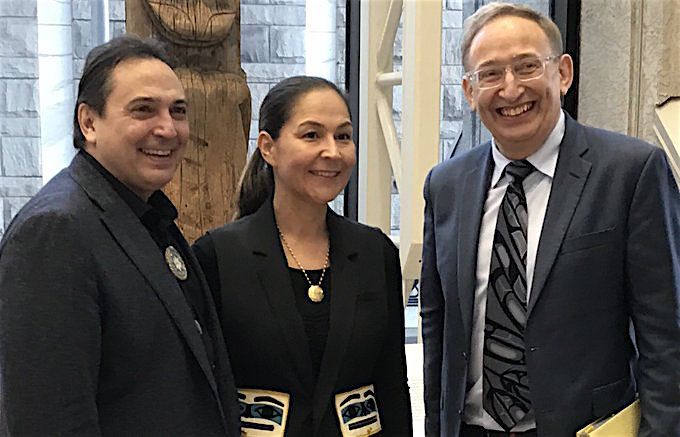
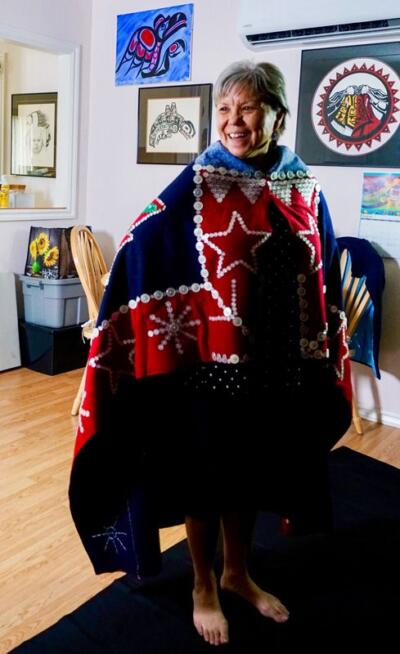
Early in 2021, the Globe and Mail reported that an internal workplace culture survey by an external consultant had found that staff at the Royal BC Museum generally felt the institution to be “a dysfunctional and ‘toxic’ workplace, characterized by a culture of fear and distrust.” Soon thereafter, on February 12, 2021, Royal BC Museum CEO Jack Lohman resigned. The disjuncture between the creative vision articulated in the handbook and the prevailing cultural climate of the institution that published the text is disappointing if not altogether unsurprising. This jarring dissonance offers a sobering reminder that the transformative work of reconciliation must be collective and institutional in order to be effective, and that this work necessarily involves us all. While engaged scholarship can certainly emerge out of difficult places, the personal and professional cost to individuals can be great.
This handbook and the subsequent fallout at the RBCM indicate that we need to think differently about repatriation and that we could benefit from some new language for talking about such work. Musqueam scholar and curator Jordan Wilson makes a powerful case for resetting entrenched museum terminology, offering the term belongings in lieu of the more commonly-used “objects” or “artefacts”, and additionally suggesting ancestors as a replacement for “specimens,” “skeletal remains” or “human remains” (2006). Terminological realignments like those proposed by Wilson can have a lasting impact on our social fabric in ways that extend far beyond the symbolic and move into the ontological. Words matter, and better words can serve as invitations for a more truthful exploration of our shared humanity.
“One of the first steps in repatriating to Indigenous Peoples in British Columbia is to know more about us”, write the authors of this handbook (p. 61). Overcoming ignorance and prejudice through richer understanding, through deeper appreciation and through greater compassion requires that we engage with our collective responsibilities as residents in a settler colonial society. By doing so, our focus turns away from rights and entitlements and towards respect and accountability. This is the work of reconciliation.
*
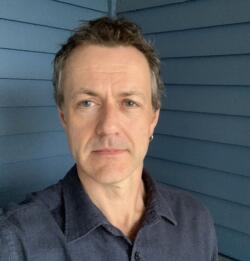
Mark Turin is an anthropologist, linguist and occasional radio presenter, and an Associate Professor at the University of British Columbia. He is cross-appointed between the Institute for Critical Indigenous Studies and the Department of Anthropology. For over twenty years, Dr Turin’s regional focus has been the Himalayan region (particularly Nepal, northern India and Bhutan), and more recently, the Pacific Northwest. Turin is very privileged to have had the opportunity to work in collaborative partnership with members of the Thangmi-speaking communities of eastern Nepal and Darjeeling district in India since 1996, and since 2014 with members of the Heiltsuk First Nation through a Heiltsuk Language Mobilization Partnership in which UBC is a member. Turin writes and teaches on language reclamation, revitalization, documentation and conservation; language mapping, policies, politics and language rights; orality, archives, digital tools and technology. He is the author or co-author of four books, three travel guides, the editor of 12 volumes, and he edits a series on oral literature. Twitter: @markturin. Editor’s note: Mark Turin has also reviewed a book by Anton Frederik Kolstee for The Ormsby Review, and his co-edited book Memory was reviewed by Forrest Pass.
*
Endnotes:
Aaron Glass. 2004. Return to sender: On the politics of cultural property and the proper address of art. Journal of Material Culture, 9(2), 115–139.
Jordan Wilson. 2016. “Belongings” in “c̓əsnaʔəm: the city before the city”. Posted January 27, 2016. https://www.sfu.ca/ipinch/outputs/blog/citybeforecitybelongings/
*
The Ormsby Review. More Books. More Reviews. More Often.
Publisher and Editor: Richard Mackie
The Ormsby Review is a journal service for in-depth coverage of BC books and authors in all fields and genres. The Advisory Board consists of Jean Barman, Wade Davis, Robin Fisher, Cole Harris, Hugh Johnston, Kathy Mezei, Patricia Roy, Maria Tippett, and Graeme Wynn. Scholarly Patron: SFU Graduate Liberal Studies. Honorary Patron: Yosef Wosk. Provincial Government Patron since September 2018: Creative BC
“Only connect.” – E.M. Forster
One comment on “1345 Museum repatriation and renewal”